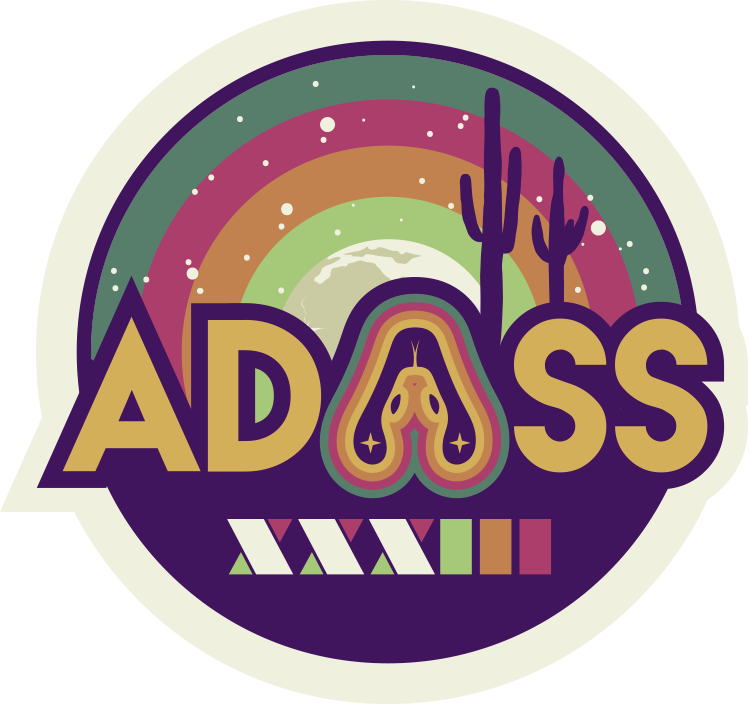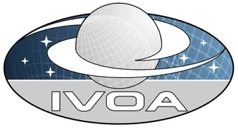ADASS posters are displayed all week
When
Theme: Software, tools and standards for Solar System, heliophysics, and planetary research
NASA’s Kepler, K2, and TESS missions employ simple aperture photometry to derive time-series photometry, where an aperture is estimated for each star, and pixels containing each star are summed to create a single light curve. This method is simple but could result in highly contaminated photometry in crowded fields. The alternate method of fitting a point-spread function (PSF) to the data can account for crowding but is computationally expensive. The Linearized Field Deblending (LFD, Hedges et al. 2021) method introduced a new approach to PSF photometry with simplified assumptions that improve computational performance. The LFD method uses precise astrometry from Gaia catalogs to fix sources in the field and fit the PSF shape with a linear model. The method also includes a perturbed PSF model that fits PSF changes due to velocity aberration and instrument systematics. The LFD method is implemented in the open-source Python library PSFMachine. This library enables users to rapidly extract light curves of sources from Kepler/K2/TESS Target Pixel Files (TPFs). The API provides PSF photometry extraction via pre-computed models and extraction metrics. The API can be used to create custom PSF shape models using full-frame images (FFIs) and perturbed PSF models with multiple basis vectors (e.g. position correctors) which can be saved for later use on TPF data. With PSFMachine users can extract robust light curves using single Kepler quarter TPFs with ~400 sources in ~5 min, or using TPFs from single TESS sector/camera/ccd with ~1000 sources in ~8 min. This method has been recently applied to the Kepler archive to extract more than 600,000 PSF light curves and currently supports Kepler/K2 TPFs, FFIs, SuperStamps, and TESS TPFs and FFIs.



